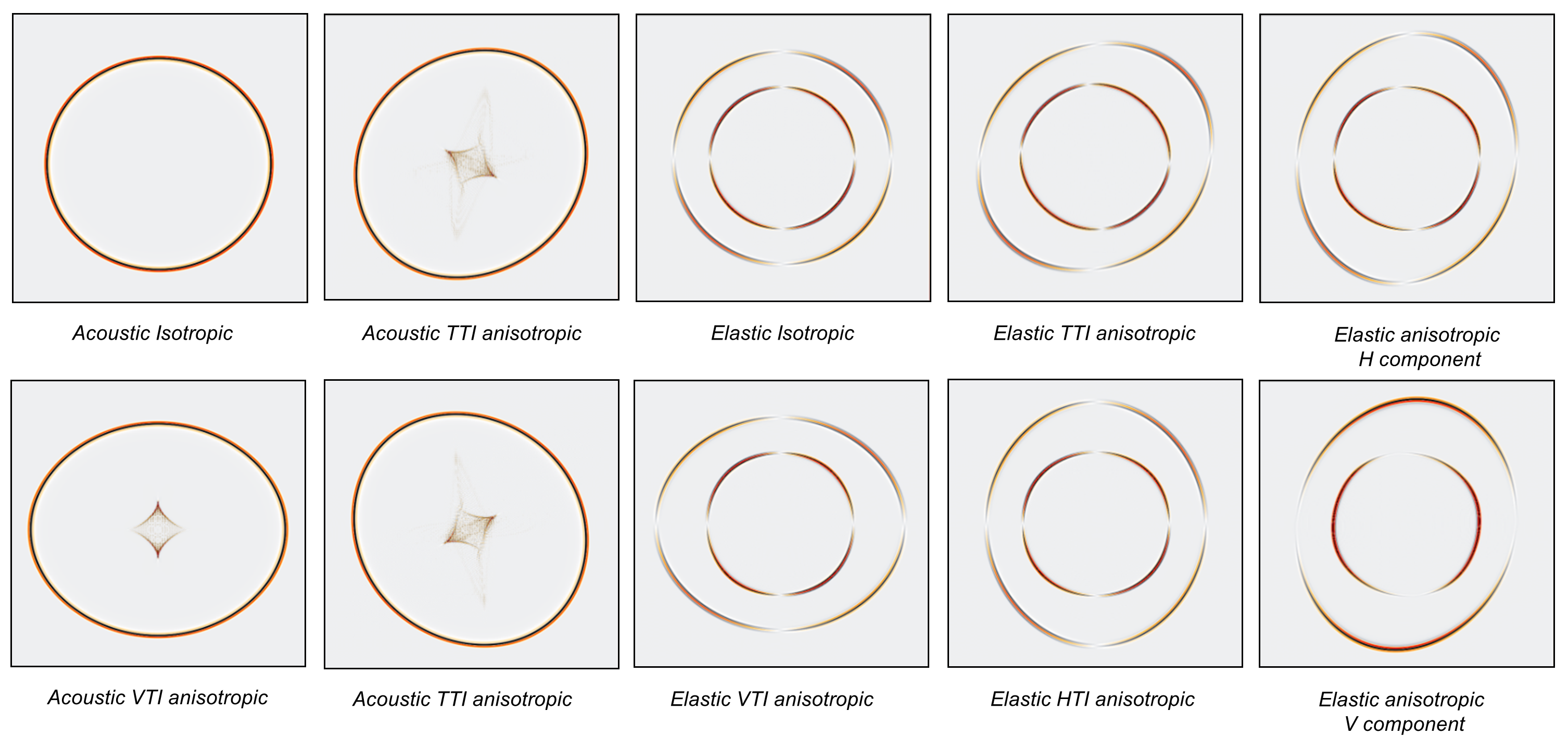The Long Anticipated Move to Full Elastic Imaging is Here!

SeismicCity, developer of state-of-the-art technology for depth imaging is now offering prestack depth migration (PSDM) services and software utilizing the solution of the Full Elastic Wave Equation. Until recently, due to computational and algorithmic limitations, most seismic data processing has been carried out under the acoustic assumption. This produces results with both limitations as well as numerical artifacts in some cases. The more appropriate geological rock property model which better matches the response of the earth is an anisotropic elastic solid. This model correctly predicts the generation of shear waves in addition to the pressure waves which are recorded in any seismic survey, both onshore and offshore.
There are numerous practical difficulties in implementing an elastic solution scheme. A large number of variables are required and, for realistic cases, these variables do not necessarily fit within a computer node’s memory. By using domain decomposition and by incorporating optimized numerical schemes, these algorithmic and optimization challenges are solved, enabling the move to full elastic imaging in the production processing environment.
Every decade we see a step change in the strength and complexity of PSDM algorithms. In the early 1990s, ray-based Kirchhoff summation algorithms were used. These were based on the simpler ray trace solution of the wave equation. In early 2000, the industry moved to directly use the solution of the wave equation but, due to computer limitations, had to use downward propagation algorithms that were limited in the ability to image steep dip structures. Around 2010, we could finally use a more correct solution of the wave equation by industrial implementation of Reverse Time Migration (RTM). However this was still done using acoustic assumptions (ARTM). As we move into the next decade, we can finally switch to using a correct mathematical formulation for wave propagation in solid material via a direct and complete solution of the elastic wave equation.
Elastic migration improves imaging results and enables more accurate determination of the subsurface material parameters. Using elastic migration, two types of waves are present, P-waves and S-waves which usually travel along different paths. As the subsurface is illuminated by both waves, areas of poor illumination by one wave type may be well illuminated by the other. Demonstrated in the example below is the situation in a sub-salt case. Using both P-waves and S-waves in PSDM has enabled us to image the low illumination zone beneath the salt. This improvement in sub-salt imaging will help operators more accurately position wells in challenging areas. Additionally, since shear waves travel with a velocity different from the pressure waves, determining an accurate shear wave velocity will aid in resolving subsurface material properties.
An industry-first application of full elastic depth imaging case study was published this month in the Data Processing Special Topic section of the EAGE First Break (“Langton et. al., Elastic imaging and its benefits – Permian Basin example”). From results obtained thus far we can see that by using the full wave field in PSDM (i.e. both P-waves and S-waves) we can provide a step-change improvement in the seismic resolution by incorporating (and not removing) converted waves in the seismic image.
The ability to use correct formulation and models as the basis for PSDM will result in the industry moving from the use of Acoustic RTM (ARTM) to Elastic RTM (ERTM) as the leading algorithm for PSDM.






